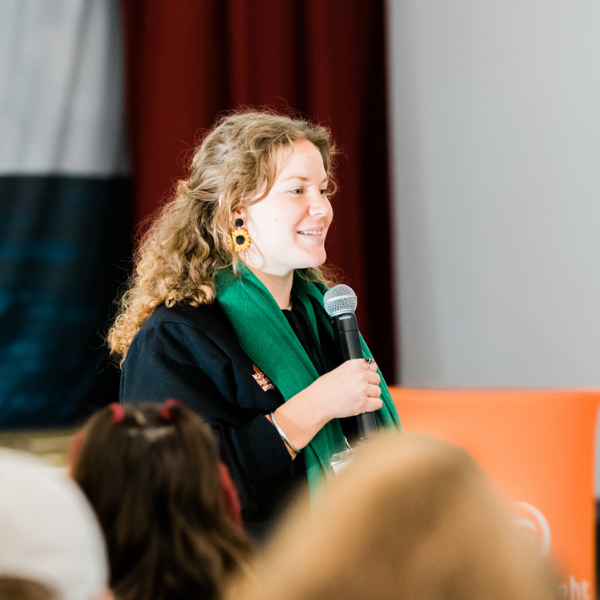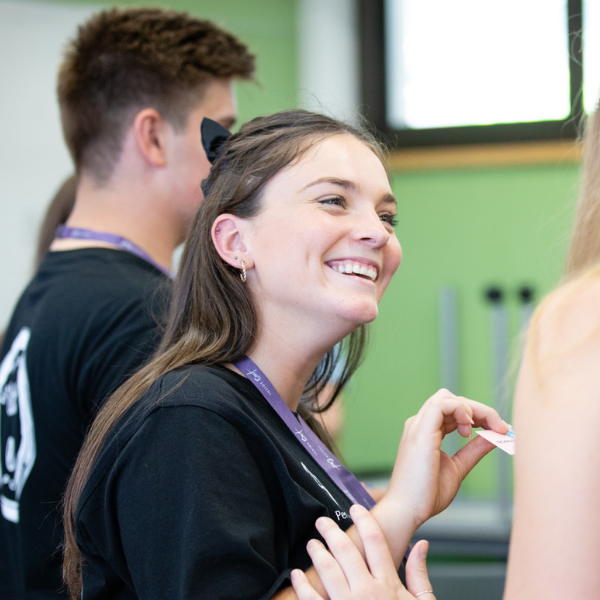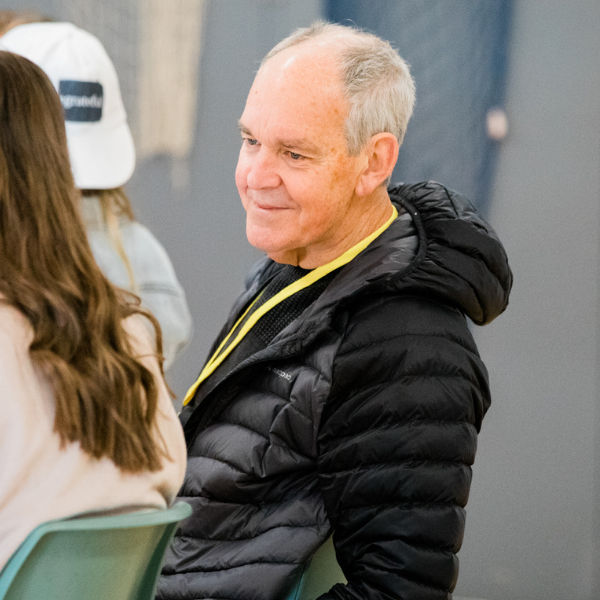In all conversations and debates on well-being and what influences it, our relationships with others are always seen as important. Humans are inherently social creatures, and we know that we need to feel connected to those around us for us to function. But it’s not just about having relationships, the quality of those relationships also has an impact. If we surround ourselves with lots of people and have a lot of social interaction, but that interaction is only with people who make us feel awful, our well-being will only be negatively impacted. So, we know that a really big indicator of our well-being is how positive our relationships are with the people around us.
So Let's dive in...
The big question, though, is: how do we determine what positive relationships look like? I’m sure if I asked, you’d be able to rattle off a bunch of qualities that you personally look for in strong relationships and we end up deciding that a ‘positive’ relationship is just defined by the people in that relationship. But I’m sure we can all think of examples of relationships where we know that the relationship is not positive but the people within it think it is. Sometimes our own beliefs about how positive our relationships are are tainted by other things that we can’t see.
So, we come back to the question. What kinds of things can we point to that tell us whether a relationship is positive or not? And what can we do to establish positive relationships from the get-go? There are some people who write about the idea of high-quality connections and the impact that they can have on our overall well-being (Dutton, 2003; Stephens, Heaphy & Dutton, 2011). However, the focus of these relationships is on short-term, fleeting connections we have with people at school or at work. I’m interested in what it means for our long-term relationships that are sustained over time.
This is where I think leadership can come in. I know that when we hear the word ‘leadership’ we probably jump straight to thinking about people in positions of power who decide how the country should run, for example. Instead, we like to use a framework of leadership created by Robert Greenleaf, where the idea of being a servant leader not only improves our own well-being, but also gives us a framework to establish positive relationships with others.
In a nutshell, Greenleaf defines the servant leader as the leader who is servant first. They are distinguished as those who make sure that other peoples’ needs are being met. Importantly, this is not always at the expense of their own needs, but rather that the servant leader ensures that they are behaving always in the greater interest of those around them. Greenleaf offers 10 principles that help distinguish between the leader who serves from the servant who leads.

GETTING INTO THE 'NITTY GRITTY'
I want to skip over a few of those principles and focus primarily on the principles that focus specifically on our relationships with others, which, as it turns out, ends up being most of those principles. First is listening, where the servant leader responds to problems but listening first. Servant leaders express empathy and therefore are more likely to be trusted by others. Servant leaders understand their level of responsibility over those that follow them and thus have stewardship of them. There is a commitment to the growth of others and giving that growth the utmost importance. Finally, servant leaders take care to build community, where they understand that the connections created through community are vital for those that follow them.
If we think about these 5 principles in the context of our regular relationships, I think we can probably agree that they would define a ‘positive’ relationship. Although this list is neither necessary nor sufficient to define all ‘positive’ relationships, I think it’s still a useful framework for us to think about creating positive relationships.
MY FINAL THOUGHTS...
If positive relationships are key for our wellbeing, and servant leadership, at its core, is about creating positive relationships through service, we can view servant leadership as something we can turn to for an idea of how we can create meaningful, positive, long-lasting relationships. Importantly though, servant leadership is not about developing super strong relationships and friendships with everyone around you. No one expects you to be friends with everyone, or even get along with everyone. Instead, the servant leader prioritises having positive connections with the people around them, and by doing so, benefits their long-term, deeper relationships as well as their own wellbeing in the process.
ELLE, Burn Bright Research and Program Development Lead








